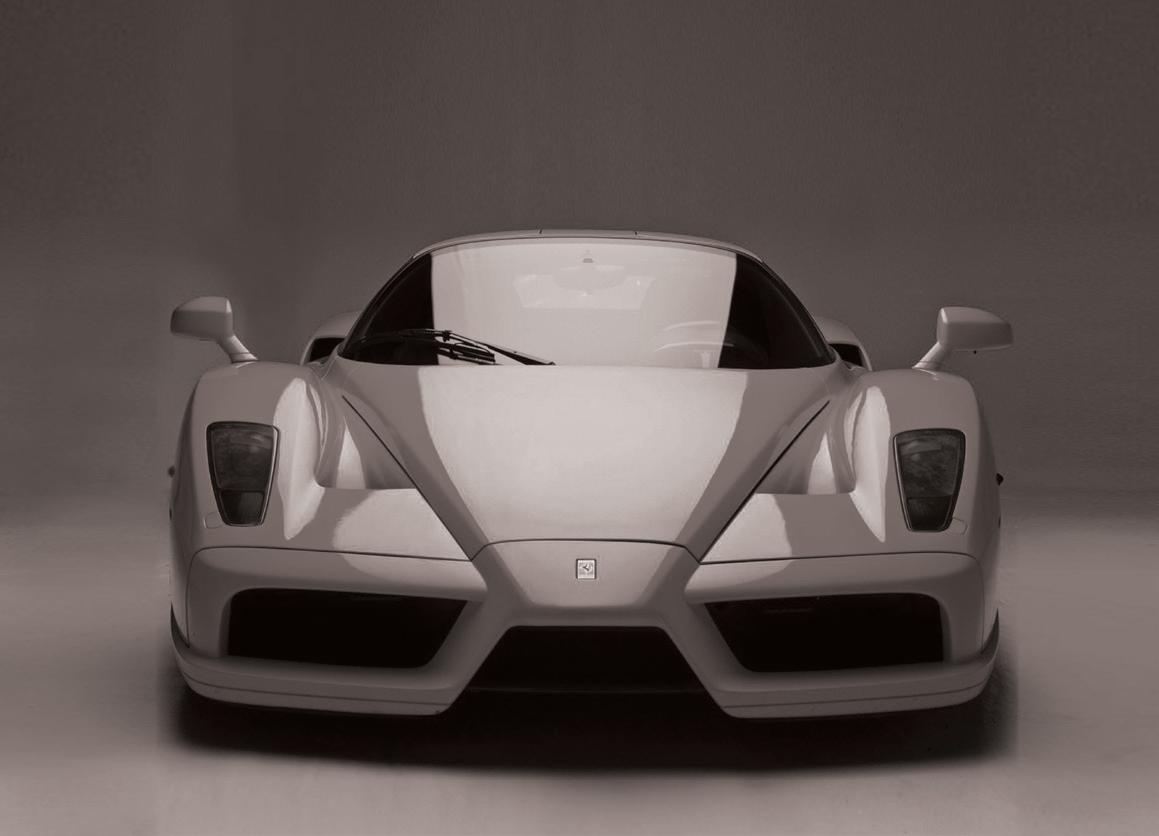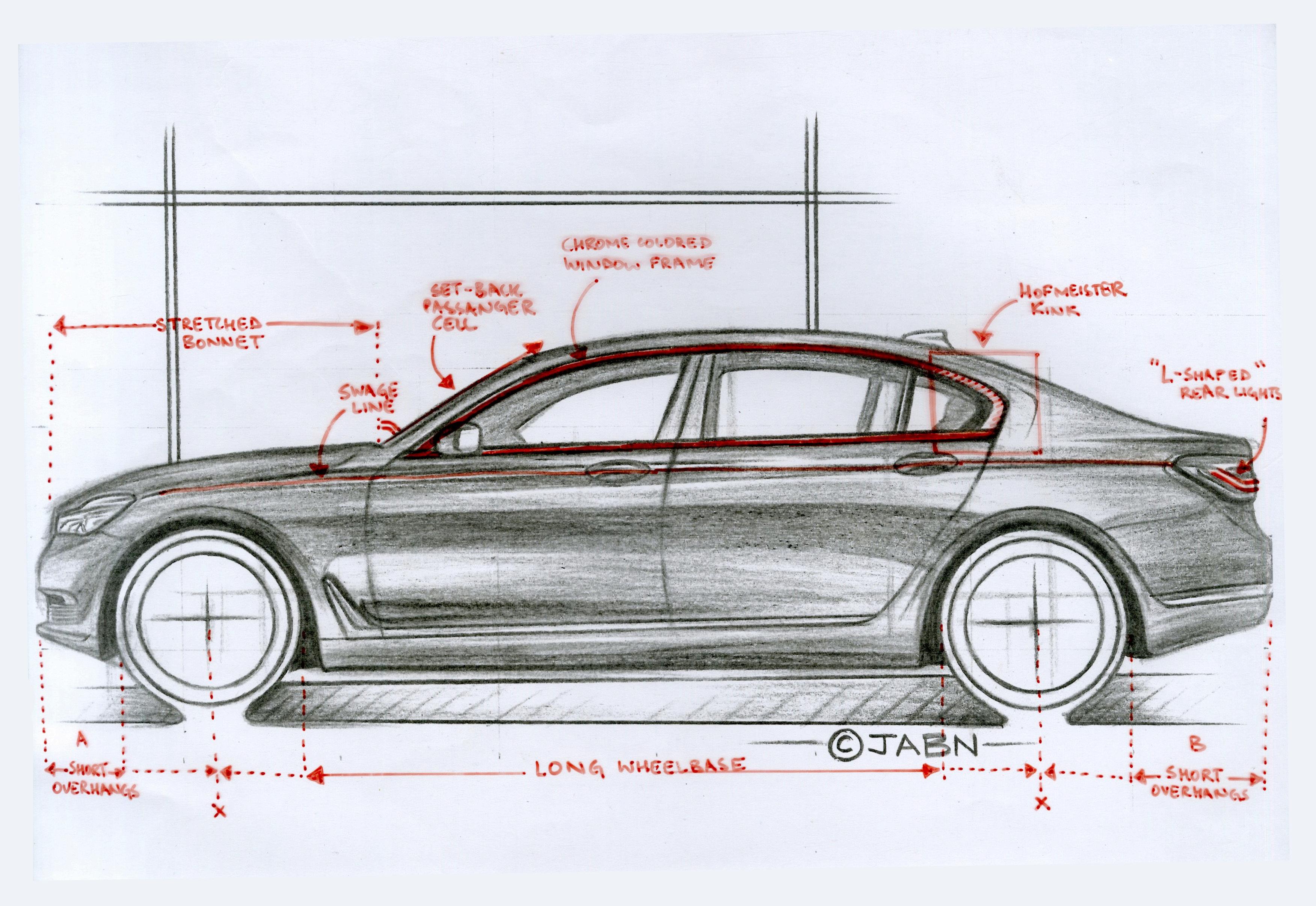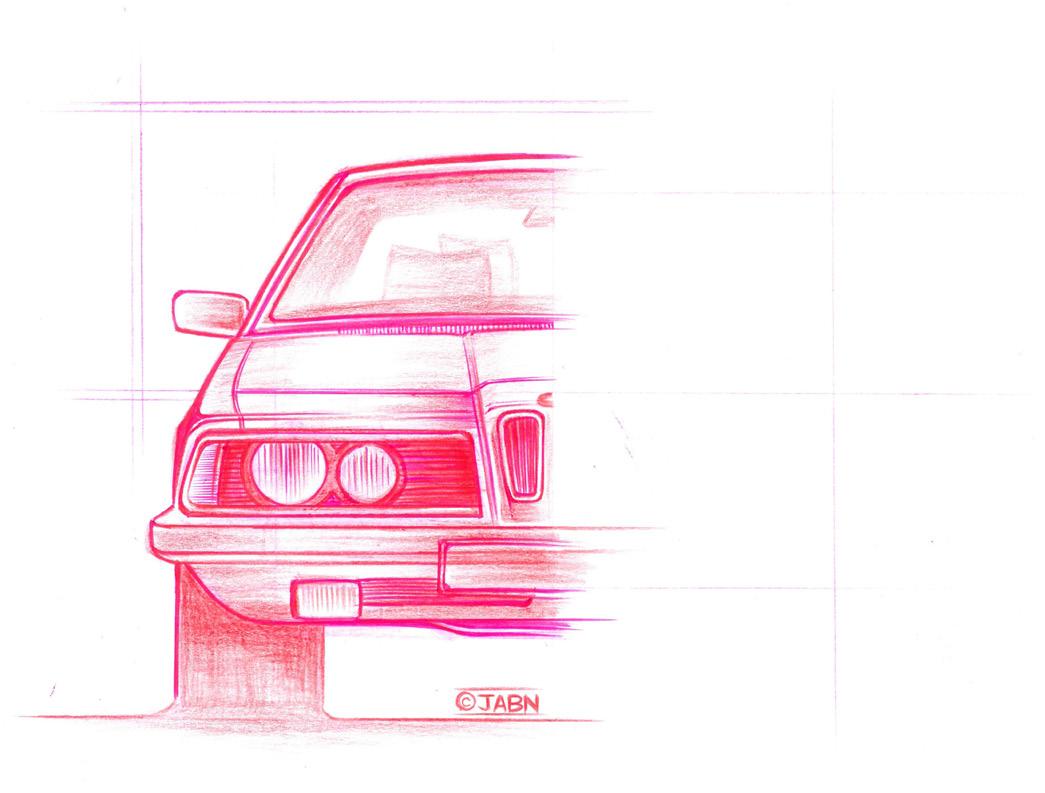
8 minute read
DESIGN LANGUAGE
In the past, we used ‘brands’ to solve the problem of ‘commodification’ - to differentiate objects of the same kind (commodities). For example, you would pick up Surf Excel washing powder because you trust Surf Excel more than an unnamed washing powder. However, today we are surrounded by brands and the modern consumer is vigilant enough to not fall for just communication.
Today we often talk about how cellphones have hit ‘grand commodification’ in that we cannot really distinguish two phones from one another very easily. However, as demonstrated in section 3, this is much the same with heavily mass manufactured watches. All watches within Titan’s price bracket suffer from the same problem - If you were to remove the brand name and logo from the watches, it would be hard to tell who they are made by. Differentiation is necessary for a company’s product to stand out from its competition. However, the different products that a company produces also require a certain degree of homogeneity in order to create resonance in the user’s mind. Usually this is achieved through communication. However, crafting competitive differentiation and internal coherence at the product level itself can have a massive impact on the system.
Advertisement
One can make the argument that modern brands like Apple and Tesla have been able to really stand out because differentiation and harmony are seeded within the narrative at early stages in the product development process - Their products set them apart. In such cases, communication efforts like advertising augment the company’s competitive shield but may not even be necessary - Ask yourself, have you ever seen a Tesla ad? Referring back to all the branding touchpoints, crafting differentiation at the product level is going to be what lies ahead to creating ‘Lovemarks’. (Read Lovemarks by Kevin Roberts)
Given the challenge at hand, it was worth considering the idea to see whether any other sector in product design had faced this problem and was able to effectively resolve it. It was this thought that inspired a deep investigation into design language. One often hears of the term ‘design language’ associated with cars, thus cars became the starting point to demystify the subject and see if it could help solve the problem at hand.

Figure 137. Ferrari 1957 Testa Rossa Figure 138. Lamborghini 1973 Countach



Figure 140. Ferrari 2007 Enzo Ferrari Figure 141. Lamborghini 2010 Murciélago Figure 139. Porsche 1956 Porsche 356 C




Figure 142. Porsche 1965 Porsche 912





Figure 146. Carbodydesign 2018 BMW Design





Figure 147. Jansher 2018 BMW Design Language Study Side View

To study design language, 9 car companies were chosen - Ferrari, Lamborghini, Bugatti, Porsche, BMW, Audi, Chevrolet, Toyota and Maruti - a sample was chosen to include companies from different parts of the world and different price segments. Up to 48 car models were selected from each company and 1 car company’s cars (BMW) were sketched out in an attempt to read between the lines more deeply.
While different car companies go about crafting design language differently, a study of this kind will confirm that cars are designed as avatars (Watch Chris Bangle’s talk on TED - Good cars are Art). People anthropomorphize products like a car - the face of a car evokes the same quality of emotion that the face of a living being does.
The sawn off headlights on a BMW give the impression of the car being focused and the precise lines drawn on the body are intended to convey precision because a BMW drives very precisely. Likewise, the form of a mini embodies that of both masculine and feminine characteristics. The face of a mini is also inspired from the smile of a baby.
Similar to these, there are several other elements that give expression to a company’s language. All these elements are loaded with intent and can be traced back to a company’s core values. Essentially, that’s the whole idea of crafting a ‘design language’ - to be able to communicate viscerally by leveraging invisible threads that can be felt without reasoning. Design language enables our species to discern difference even if you can’t fully articulate it.






Figure 149. BMW 1977 Series 7 - E 23 (Sketch) Figure 150. BMW 1986 Series 7 - E 23 (Sketch) Figure 151. BMW 1994 Series 7 - E 38 (Sketch)
At its heart, design language is also about communication. While communication may have become central to the design culture today, design language is an example of how early designers had figured out the quickest and most direct way of communicating. We’ve always had the tendency to judge a book by it’s cover. If we take cues from how attraction works in human beings, then perhaps the ‘sight first, thought later’ philosophy applies to products as well. Form, color, finish(and the like) are the hooks that create interest in a commodity.
By taking cars that span over a good length of time, we really get to see how design language works. You see, there are three things that can determine the look of any product: 1) Function (Form follows function) Cars will look a certain way because of how we have thought out their function. For example, the wheels of the car will be placed where they are based on how we want the car to work. The footprint of a Mini is designed like that of a go-kart, and thus it drives like one. A BMW is supposed to drive very precisely and thus the . A Rolls Royce is supposed to feel like a palace gliding on a magic carpet, thus the exaggerated wheelbase.


Figure 152. BMW 2002 Series 7 - E 65 (Sketch) Figure 153. BMW 2008 Series 7 - E 68 (Sketch) Figure 154. BMW 2015 Series 7 - F 04 (Sketch)




2) Time (The structure of the all cars will look the same at any given point in history) Cars of a certain era will look similar across companies because the functioning of a car is based on the same existing technology and innovation. Having an engine that needed to suck in air meant that you’d need to design an air intake. This is how the front grille on the face of the car came to be. BMW’s take on it was to make it ‘kidney’ shaped. Now that we’re moving towards electric technology, you don’t need an air intake and thus a grille is not necessary. Should a car manufacturer remove it? Tesla did and it caused quite a stir.
3) Brand (Lamborghini and Porsche cars have a distinct consistent look despite the passage of time) Brands try to differentiate products to between one another and thus, it is within the hands of the brand to shape their product differently based on their values and core attributes. While engineering may allow design to operate only within a small canvas space, designers have enough tools to be able to design great difference within it.


Figure 155. Breguet 2018 5140BB (Hand Drafted Sketch)


Figure 158. Rolex 2018 Submariner (Hand Drafted Sketch) Figure 156. BMW 1986 Series 7 - E 23

Figure 159. Rolex 2018 Datejust (Hand Drafted Sketch) Figure 157. Junghans 2018 Chronoscope (Hand Drafted Sketch)

Figure 160. Swatch 2018 Irony (Hand Drafted Sketch)









